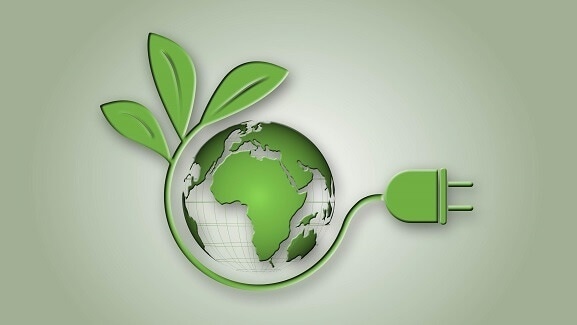Before they can power smart grids and smart cities, utilities will need to become smart enterprises. Here are three hurdles that they will have to overcome.

Today, there’s hardly a country in the world that has not made a net-zero carbon emission pledge. In fact, 193 countries and parties, including the United States, have signed the United Nation’s Paris Agreement, promising to reach carbon neutrality by 2050.
As one of the world’s highest greenhouse gas producers, the US introduced the Bipartisan Infrastructure Investment and Jobs Act in 2021 to help expediate its decarbonization journey. Among other priorities, the 1.2 trillion-dollar bill aims to launch nationwide smart grids, environmental remediation campaigns, and electric public transportation fleets in the next decade. To launch these programs and modernize the country’s infrastructure, the US will need to heavily invest in next generation technology -- from IoT sensors to edge computing solutions.
While this legislation may send shockwaves throughout almost every sector, utility organizations will feel the full force of the shifting energy market. As the providers of such essential services as gas, electricity, and water, utilities are at the epicenter of this historic transition and therefore must keep pace with America’s accelerated infrastructure investments.
But before they can power smart grids and smart cities, utilities will need to become smart enterprises. And to become a smart utility that can predict usage patterns and outages, protect digital resources from cyberattacks, or remotely perform maintenance, leaders will have to reassess the foundational element of any intelligent, connected organization -- data.
Here are three leading obstacles organizations will have overcome to restructure their data strategies and become a smart utility:
1. Outdated approaches
Although utilities already have digital agendas and solutions in place, they’re not accustomed to thinking like a tech company. And with an influx of multi-billion-dollar federal funds prioritizing smart infrastructure, they’ll have to change their mindset to stay competitive. For some utilities, this may mean adjusting budgets to prioritize data collection, management, and analysis tools, upskilling, or reskilling employees, or establishing use cases with data top of mind. Whatever the case may be, business and IT leadership must align and collectively restructure their organization’s data strategy.
2. Siloed data sources
With today’s complex data supply chain spanning sources from smart meters and sales to transmission and distribution, modern utilities must integrate their data sources. This holistic, integrated data landscape, with a multitude of data sources, increasingly large data volumes, varying shelf lives, and a range of use cases, requires sophisticated data strategies. By using centralized platforms and participating in data ecosystems with partners and customers, utilities can break down the barriers separating their data sources and effectively utilize their integrated insights.
3. Legacy systems
Many utility organizations have legacy systems that were never built to scale in today’s digital-forward environment. These systems are holding utilities back from wide-spread data visibility and seamless connectivity. Unfortunately, some enterprises are hesitant to jump ship -- as they’ve likely invested a lot of time and money into their legacy systems over the years. What’s more, low data maturity often prevents utilities from optimal, sustainable, and secured operations.
There is no silver bullet for legacy systems. However, the incorporation of data assets from legacy systems, along with an appropriate consideration of their constraints and risks, forms an essential part of an integrated data strategy. A forward-looking data strategy provides an additional architecture perspective of legacy systems that can be very handy when it is time for a system refresh.
As nations throughout the world set their sights on 2050, American utility organizations must also look towards the future and shift their digital agendas in this new, tech-enabled energy transition era. By adjusting their organizational approach to data strategy, integrating data sources, and off boarding legacy systems, utilities can lay strong, data-driven foundations that will support the roster of advanced digital capabilities they’ll need to stay competitive and contribute to America’s decarbonization commitments.
About the Author(s)
You May Also Like









